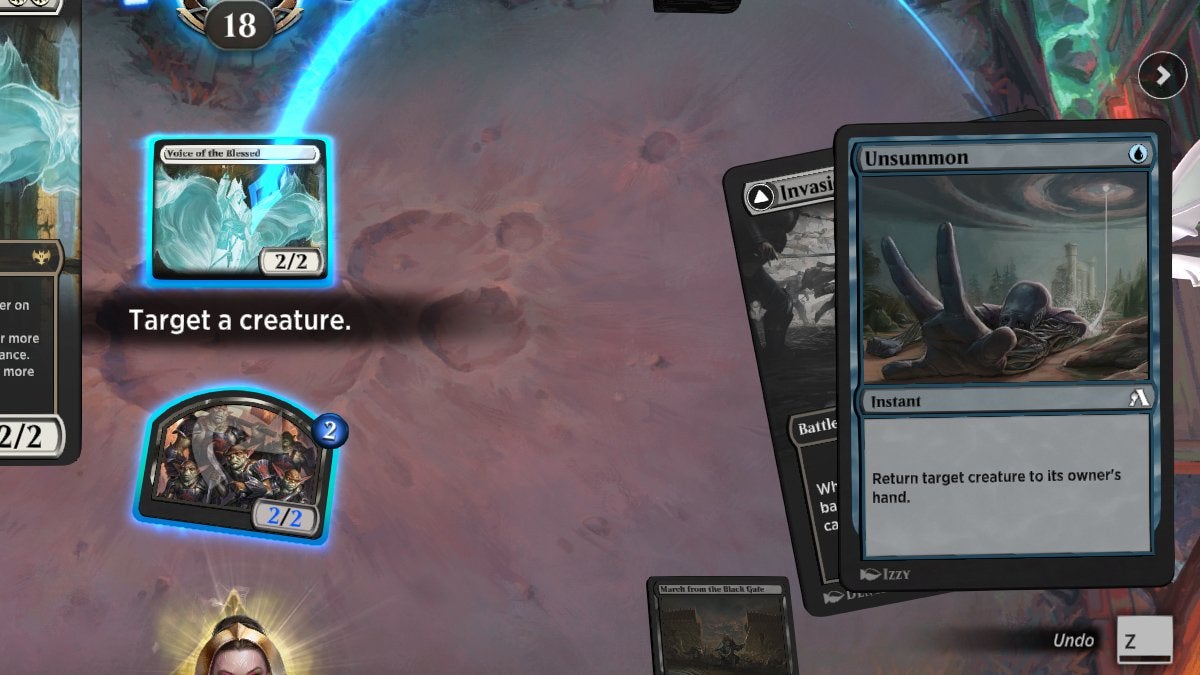![]() Key Takeaway
Key Takeaway
The Stack in Magic: The Gathering is the zone where non-permanent spells and most abilities (actions) resolve. Actions resolve starting from the card that was placed on the Stack last and is worked down until the first card that entered the Stack resolves.
Actions that go on the Stack are:
- Non-permanent spell abilities
- Activated abilities
- Triggered abilities
Actions that DO NOT go on the Stack are:
- Special actions
- Turn-based actions
- State-based actions
- Replacement effects
Spells and most abilities appear in the zone known as the Stack in Magic: The Gathering. With that said, there are still a lot of actions that don’t appear here. To learn how to resolve any and all effects, you need to know how the Stack works.
Table Of Contents
What Is the Stack?
Whenever you use a non-permanent spell or the majority of abilities (both types are “actions”), to resolve them, you must put them on the Stack in Magic: The Gathering. A Stack is created whenever an applicable action is used. However, it only grows if another action is used in response to an initial one.
Actions that are placed last on the Stack get resolved first, and, the first action on the Stack gets resolved last. Stacks can grow incredibly large depending on how many sorceries, instants, creature abilities, and more get piled onto them. There is no limit to how many objects can be in a Stack.
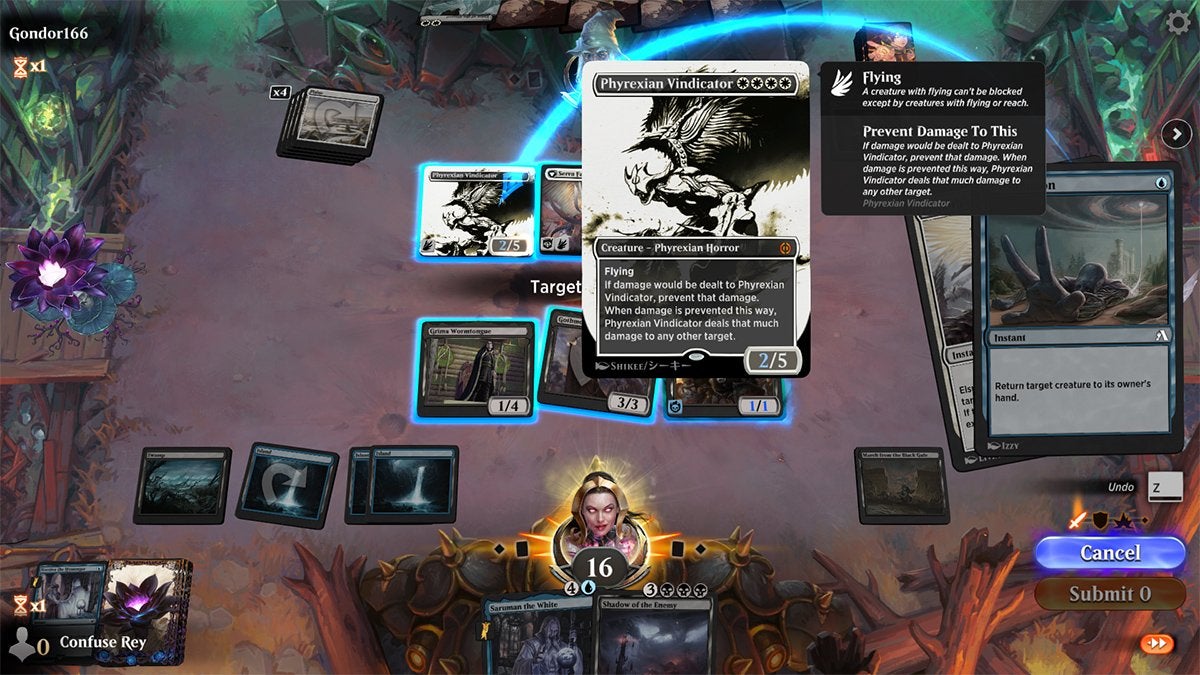
We also need to be clear that only resolutions of an action appear on the Stack; the actions themselves don’t. If an action is taken, its resolution appears on the Stack, but, after said action resolves, it leaves.
On top of that, damage does not appear on the Stack. However, card effects can potentially cause damage do appear on the Stack since they are the result of actions being taken.
Actions That Go on the Stack
The resolutions of the following actions appear on the Stack in Magic: The Gathering:
- Spell abilities (those from non-permanent spells: instants and sorceries)
- Activated abilities (such as those on a creature that cost mana to be used)
- Triggered abilities (any ability that activates in response to certain criteria; look for defining words like “whenever,” “when,” and “at” to identify them)
For the most part, the actions that you’ll see on a Stack are instants, sorceries, and creature abilities.
Actions That Don’t Go on the Stack
Actions that don’t go on the Stack in Magic: The Gathering are the resolutions of special actions, turn-based actions, state-based actions, and replacement effects. Most of these have a long list of what they include, so we’ll go into the details together for full clarity.
Special Actions
There are 10 special actions that won’t appear on a Stack.
- Playing a land card
- When you turn a face-down creature face-up
- Effects that let a player take an action later
- Effects from static abilities that let a player take an action later, and ignore the effect from that ability for a short time
- The instant-like discard ability of the creature card Circling Vultures is a special action
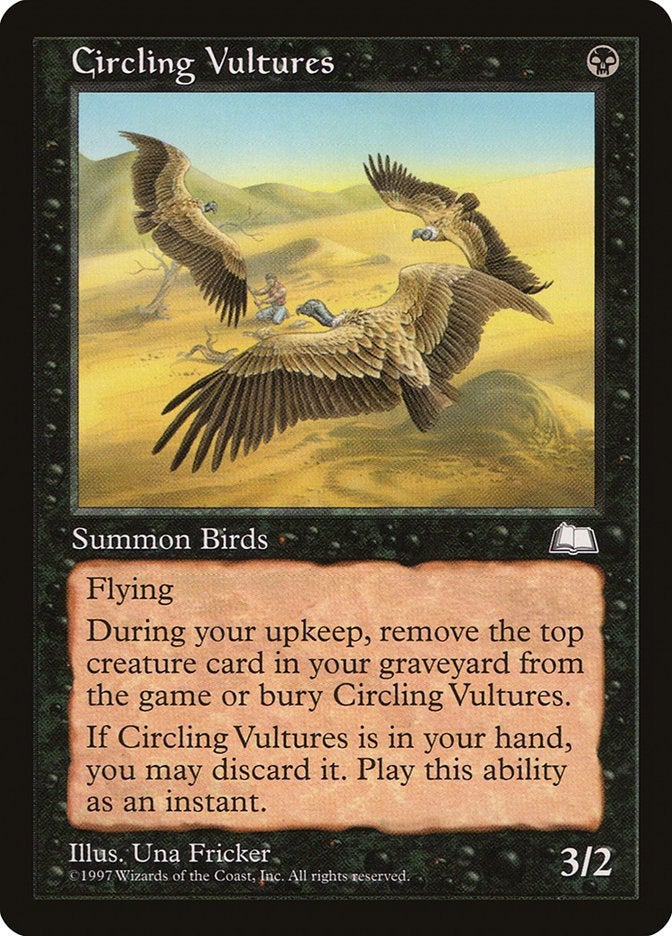
- When a suspended card in a player’s hand is exiled
- When a player pays 3 mana to bring a companion card from out of the game into their hand
- If a player has a card with Foretell in their hand and pays 2 mana to exile that card face-down
- When the planar die is rolled during a Planechase game
- If a player turns a face-down conspiracy card in the command zone face-up in a Conspiracy Draft game
Turn-Based Actions
There are 19 turn-based actions that won’t appear on a Stack.
- When permanents phase in or phase out as the untap step begins
- If there’s a check to identify if the day and night designations have changed (if day and night designations are present)
- When a player is determining which of their permanents untap
- When a player draws a card at the beginning of their draw step
- As a player sets the top card of their scheme deck in motion during the archenemy’s pre-combat main phase in an Archenemy game
- If a player puts a lore counter on a saga they control
- If a player rolls a die to visit an attraction
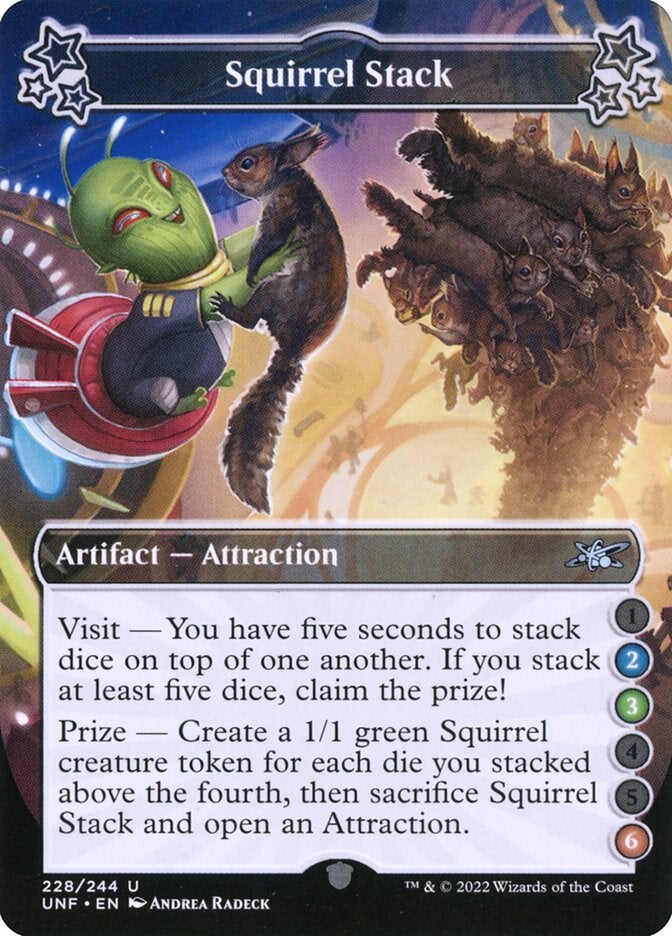
A very different kind of stack…
- Whenever an active player chooses a defending player in a multiplayer game
- When a player declares their attackers during the combat phase
- When a player declares their blockers during the combat phase
- During the time an active player decides the damage assignment order on the blocking creatures within the combat phase
- The combat damage assigning period
- When combat damage is dealt
- While the active player discards a card from their hand due to possessing more than 7 cards during the beginning of the cleanup step
- When damage is removed from permanents during the cleanup step
- As “until end of turn” effects end during the cleanup step
- When “this turn” effects end during the cleanup step
- As phases and steps end and unused mana leaves a player’s mana pool
State-Based Actions
There are 24 state-based actions that won’t appear on a Stack.
- When a player loses a game due to having 0 or fewer life points
- When a player loses due to trying to draw a card from a deck that no longer has any cards
- If a player loses a game due to gaining 10 poison counters
- When a token ceases to exist due to no longer being in a valid zone
- If the copy of a non-permanent spell ceases to exist as the result of no longer being on the Stack
- If the copy of a permanent spell ceases to exist as the result of no longer being on the Stack or on the battlefield
- Whenever a creature’s toughness drops to 0 or below and it moves from the battlefield from the graveyard
- During the result of a creature whose toughness is greater than 0 getting destroyed by the effects of Deathtouch and that creature goes from the battlefield to the graveyard
- When a planeswalker’s loyalty drops to 0 or below and is sent from the battlefield to the graveyard
- If a player controls two or more of the same legendary creature and the additional copies are sent to the graveyard as the result of the legend rule taking effect
- If a player controls two or more of a permanent with supertype world and the additional copies played after the first copy are sent to the graveyard as the result of the world rule taking effect
- When an aura is sent to the graveyard due to being illegally attached to an object or player, or if it’s no longer attached to an object or player
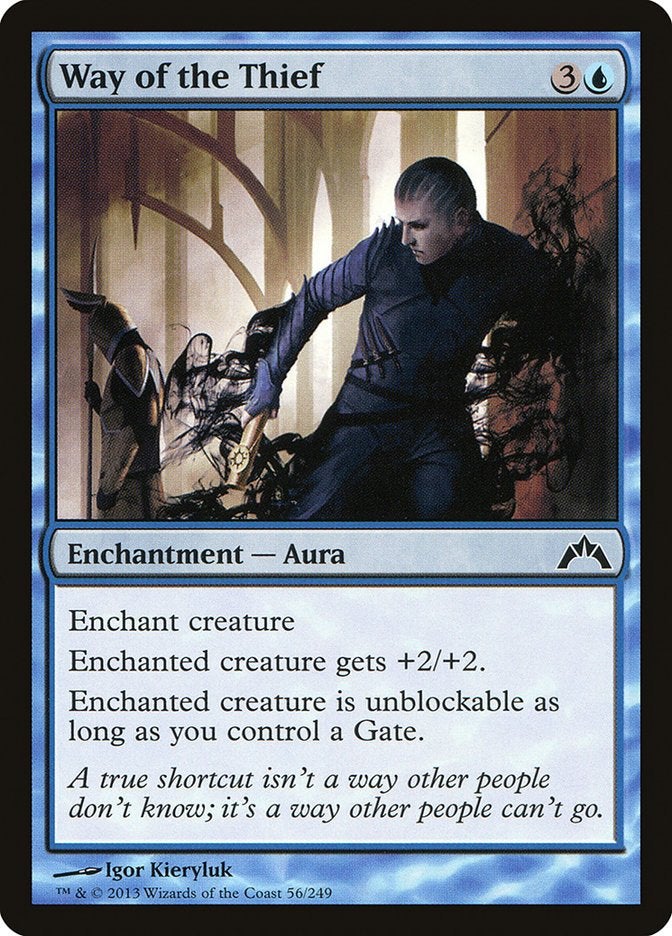
- When an equipment that is illegally attached to a permanent or player becomes detached from a permanent or player and stays on the battlefield
- When a fortification that is illegally attached to a permanent or player becomes detached from a permanent or player and stays on the battlefield
- If a battle that is attached to an object or player becomes detached from an object or player and stays on the battlefield
- If a creature that is attached to an object or player becomes detached from an object or player and stays on the battlefield
- Whenever a permanent has both a +1/+1 counter and a -1/-1 counter on it and said counters nullify each other
- If a permanent that cannot have more than a certain number of counters gains more counters than the specified amount and the excess are removed from it
- Whenever a saga reaches its maximum number of counters and gets sacrificed
- When a player’s venture marker reaches the bottommost room of a dungeon and the marker gets removed
- As players choose sector designations for their creatures due to space sculptor effects
- When a battle reaches 0 defense and is moved from the battlefield to the graveyard
- If a battle does not get assigned a player as its protector and is sent from the battlefield to the graveyard
Replacement Effects
There are 13 replacement effects and 1 non-replacement effect that won’t appear on a Stack.
- “Instead” being in-text
- “Skip” being in-text
- “[This permanent] enters the battlefield with…” being in-text
- “[This permanent] enters the battlefield…” being in-text
- “[Object(s)] enter the battlefield…” being in-text
- “As [this permanent] is turned face up…” being in-text
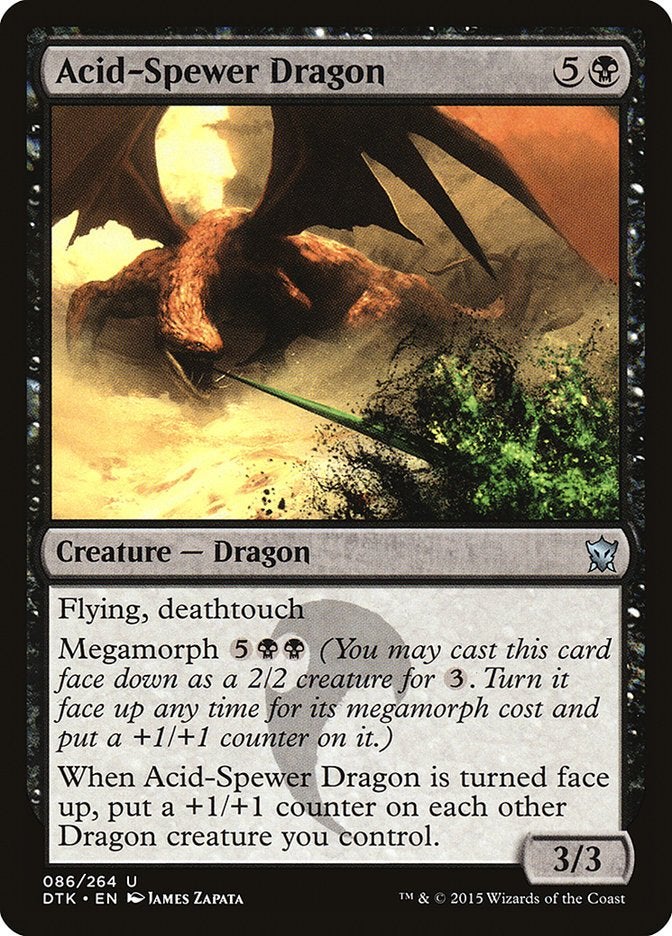
- A permanent regenerating
- When an effect that causes a player to skip an event, step, phase, or turn triggers
- Forcing a player to take an action in place of drawing cards
- Changing how a permanent enters the battlefield
- When an object changes zones
- “If an effect would create one or more tokens” being in-text
- “If an effect would put one or more counters on a permanent” being in-text
There is also a non-replacement effect that acts similarly to replacement effects in that they do not appear on a Stack: when the text of a card declares that something can’t happen.
Got all that? No worries if you don’t—it’s a lot to remember! Feel free to bookmark this page and come back anytime if you need a reference for the workings of the Stack in Magic: The Gathering. If you need to brush up on some more technical terminology, check out our article on MTG permanents to learn what exactly gets classified by this designation.


